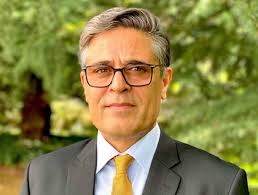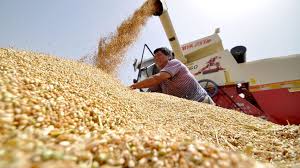Key moments in King Charles’ coronation
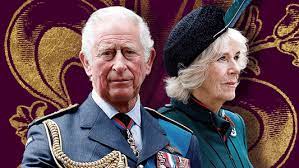
London: From the religious symbolism of his anointment to the moment when the crown is placed on his head, what are the highlights to look out for during the coronation of King Charles on Saturday?
A grand procession by the royals in historic coaches through central London is always a highlight of any major state occasion.
For the coronation, Charles and his wife Camilla, who will also be crowned queen during the ceremony, will break with tradition and travel from Buckingham Palace to London’s Westminster Abbey in the modern Diamond Jubilee State Coach, made to commemorate his mother’s 60th year on the throne.
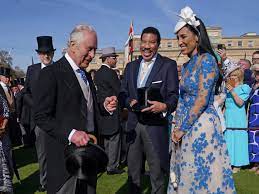
They will return from the Abbey in the Coronation Procession in the 260-year-old, Gold State Coach which weighs four tonnes and needs to be pulled by eight horses. It has been used at every coronation since King William IV’s in 1831 and was first used by George III to travel to the State Opening of Parliament in 1762.
The return journey will be much slower as the Gold State Coach can only travel at walking pace – but the distance itself will be about a third of the 7.2 km (4.5 mile) route taken by his mother Queen Elizabeth II in 1953 when millions thronged the streets of London to watch.
It will also involve some 4,000 armed forces personnel in a procession one mile long, making it the largest of its kind for a generation.
During the service, Charles will be anointed with holy Chrism oil, made using olives from the Mount of Olives and consecrated in Jerusalem.
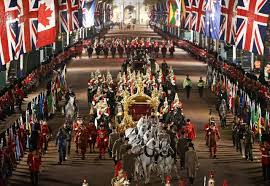
The tradition dates back to the Old Testament of the Bible which describes the anointing of King Solomon by Zadok the Priest and Nathan the Prophet, and has been maintained to emphasise the spiritual status of the monarch.
“This is often thought to be the most sacred part of the ceremony,” Charles Farris, Public Historian At Historic Royal Palaces, said. “It’s an ancient and very symbolic ceremony … historically it was akin to the anointing of priests and bishops.
“It’s a way of the church cementing their relationship with the new monarch but also a clear symbol to all present that the monarch has been marked out as very special.”

